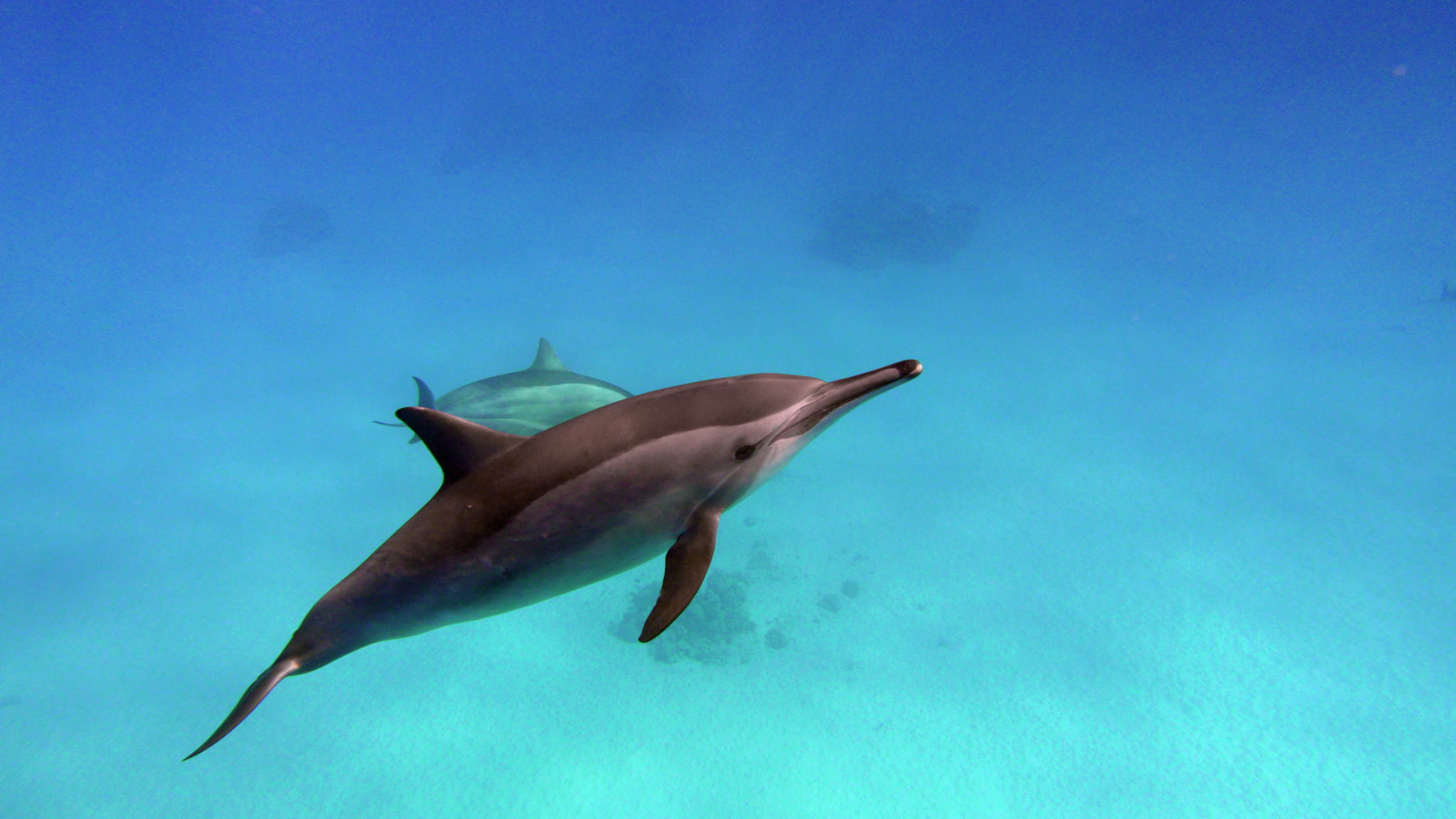The Fascinating Behavior of Spinner Dolphins in the Red Sea
Introduction to Spinner Dolphins
The Red Sea is home to a variety of marine life, but among its most captivating inhabitants are the spinner dolphins. Known for their acrobatic displays and playful nature, these dolphins have intrigued scientists and tourists alike. Their unique behaviors make them a fascinating subject for anyone interested in marine biology or animal behavior.

Social Structure and Communication
Spinner dolphins are highly social animals, often found in groups known as pods. These pods can range from a few individuals to several hundred, depending on the location and time of year. Within these groups, dolphins communicate using a complex system of clicks, whistles, and body movements. This intricate communication system helps them coordinate hunting strategies and maintain social bonds.
Researchers have observed that spinner dolphins often engage in synchronized swimming and leaping. These displays are not just for show; they serve as a form of communication and cohesion within the group. Each spin and leap carries a message understood by other dolphins in the pod.
Feeding Habits
Spinner dolphins primarily feed on small fish and squid. They are nocturnal hunters, taking advantage of the cover of darkness to ambush their prey. During the day, they rest in shallow bays and lagoons, conserving energy for their nightly hunts. This behavior is particularly common in the Red Sea, where the warm waters provide an ideal environment for both resting and hunting.

Interestingly, spinner dolphins often employ a technique known as herding. By working together, they can corral schools of fish into tight balls, making them easier to capture. This cooperative hunting strategy is a testament to their intelligence and social nature.
Acrobatic Displays
The most striking feature of spinner dolphins is their ability to perform multiple spins in a single leap out of the water. This acrobatic display is not just for entertainment; it plays a vital role in their social interactions. Scientists believe that these spins may help dolphins remove parasites or communicate their physical fitness to potential mates.
These aerial displays are breathtaking to witness, drawing tourists from around the world to dive into the warm waters of the Red Sea for a chance to see them up close. The sight of a pod of spinner dolphins leaping and spinning in unison is an unforgettable experience.

Conservation Efforts
Despite their abundance, spinner dolphins face several threats in the Red Sea. Fishing nets, pollution, and habitat destruction pose significant risks to their populations. Conservation efforts are crucial to ensure that these magnificent creatures continue to thrive in their natural habitat.
Many organizations are working to protect spinner dolphins by establishing marine protected areas and promoting sustainable tourism practices. By raising awareness about the challenges these dolphins face, conservationists hope to inspire action and ensure a bright future for this remarkable species.
Conclusion
The behavior of spinner dolphins in the Red Sea provides a captivating glimpse into the complexity of marine life. Their social structures, feeding habits, and acrobatic displays offer endless opportunities for study and admiration. As we continue to learn more about these fascinating creatures, it is essential to protect their habitats and ensure their survival for generations to come.